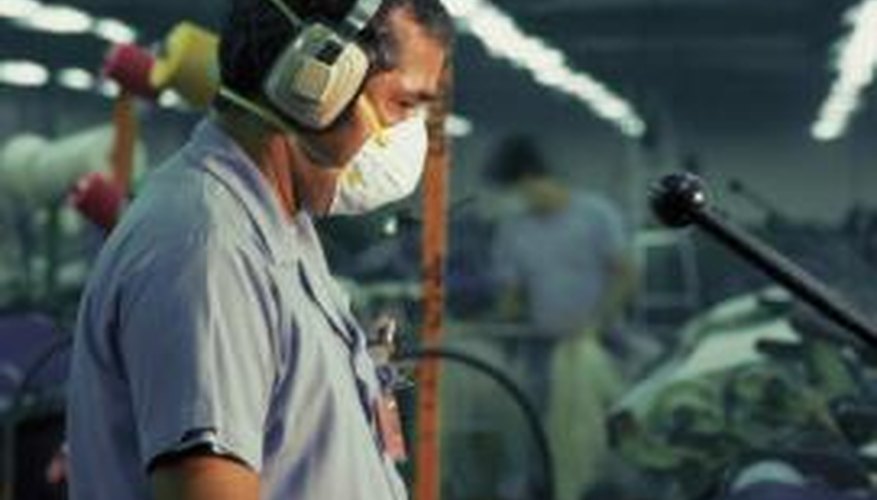Businesses use costing methods to allocate costs to various products and services. They add up all costs of manufacturing a product in order to assign a total cost to it. This includes direct costs, such as labour cost, and overhead costs, such as depreciation on machinery.
Easy to Apply
Traditional costing is relatively easy to apply. It's easy for managers to trace all direct costs associated with a product, including labour and direct material costs. It's more tricky to assign overhead costs to different products. In a traditional manufacturing environment, direct labour hours were a simple way to apportion overhead costs. At the time traditional costing methods were developed, direct labour was typically the biggest cost of production. Therefore, it was used as a proxy to allocate overheads too, with managers assigning higher overheads to products with higher direct labour hours.
- Traditional costing is relatively easy to apply.
- It's easy for managers to trace all direct costs associated with a product, including labour and direct material costs.
Ability to Distort
For a business that manufactures a large volume of a few products, traditional costing could provide a good idea of the costs of manufacturing a product. However, as the level of diversity in output rises, traditional costing becomes less reliable. Firms that have a lot of overhead expenses need a more reliable method to allocate the overhead costs to different products. If a business uses incorrect costing to allocate costs, it could price its products incorrectly. This might affect its competitive position.
- For a business that manufactures a large volume of a few products, traditional costing could provide a good idea of the costs of manufacturing a product.
Outdated
The manufacturing environment has changed in the decades since traditional costing methods were developed. Machines and computers are used more often. Technological developments have led to a decreased need for labour in manufacturing processes. This means that a system that uses direct labour as a proxy for allocating different overheads is outdated. This has led to the development of alternatives, such as activity-based costing.
- The manufacturing environment has changed in the decades since traditional costing methods were developed.
Activity-Based Costing
One more recent way of allocating overhead costs is the activity-based costing method. In this method, the business finds out what all of the different activities are related to manufacturing its products. It then assigns costs to different activities, such as ordering materials. Then it allocates a share of this activity cost to different products or services based on the share of the activity that each product or service uses.
- One more recent way of allocating overhead costs is the activity-based costing method.
- Then it allocates a share of this activity cost to different products or services based on the share of the activity that each product or service uses.
